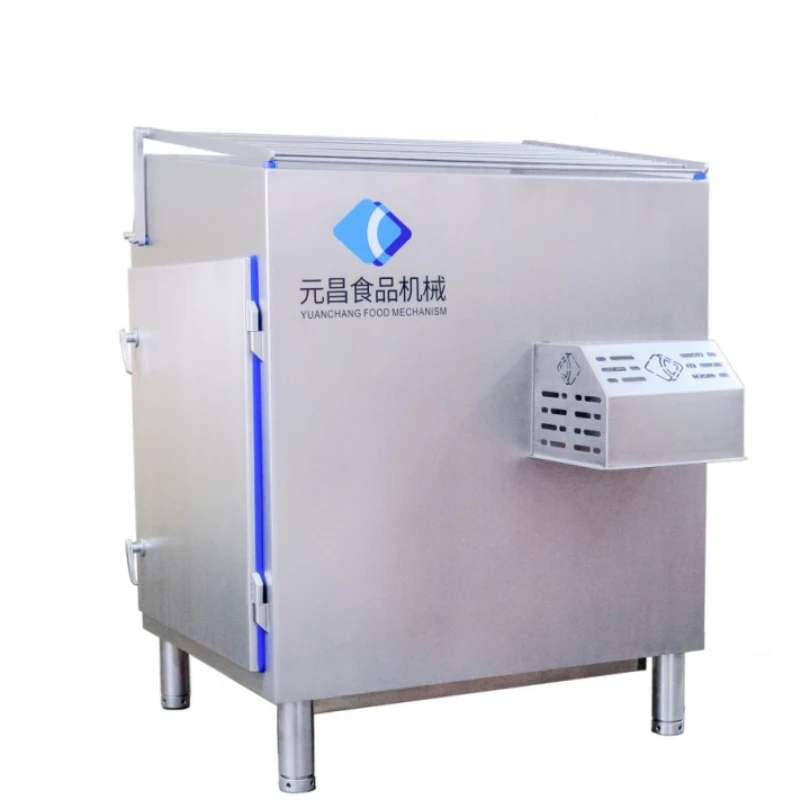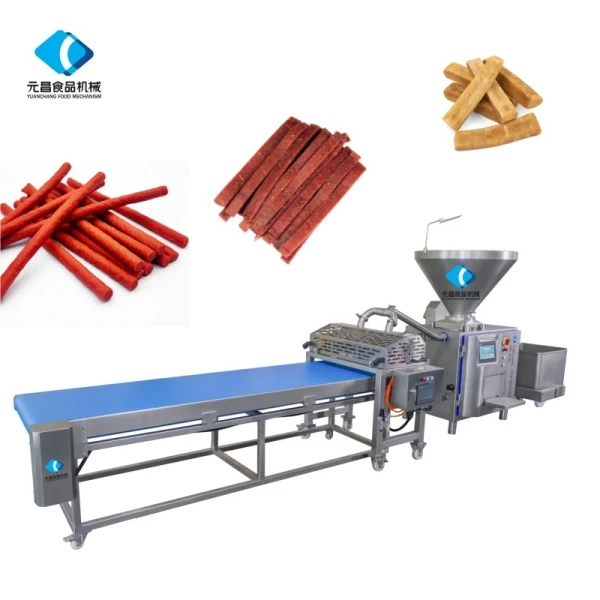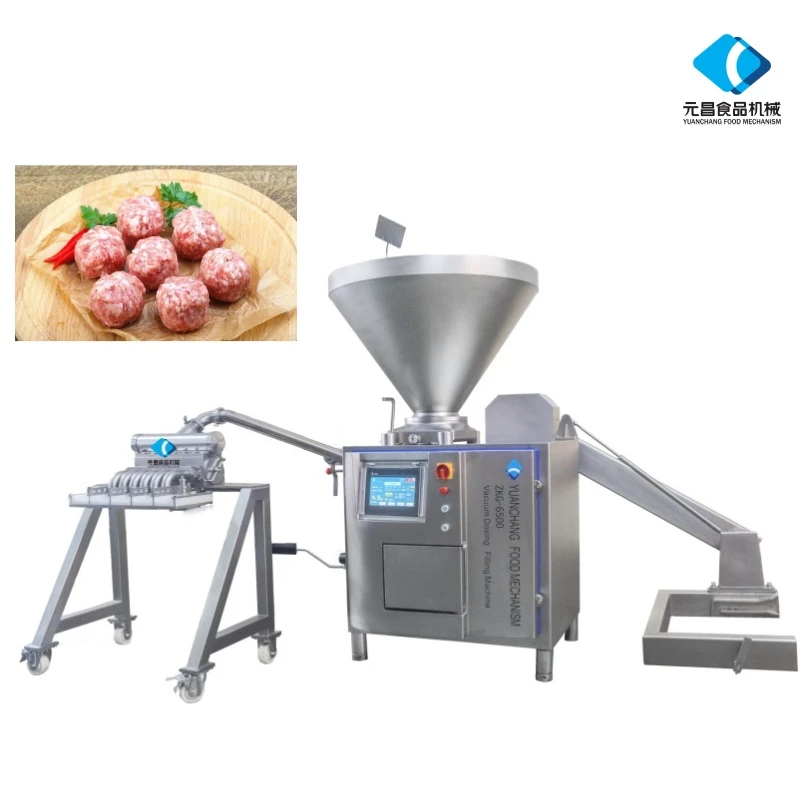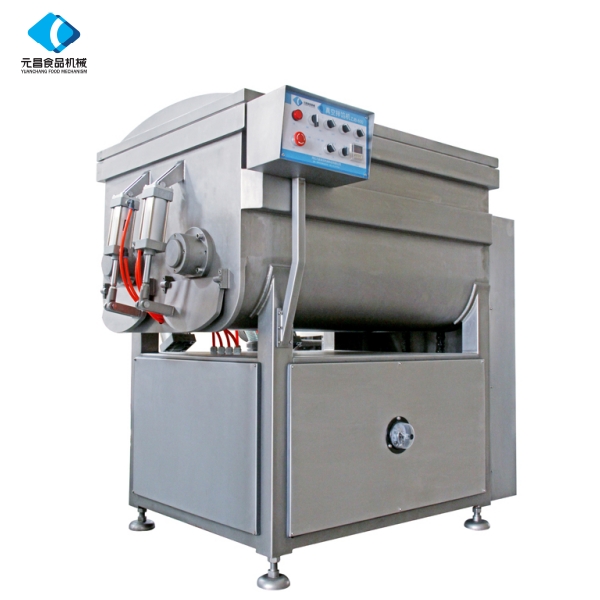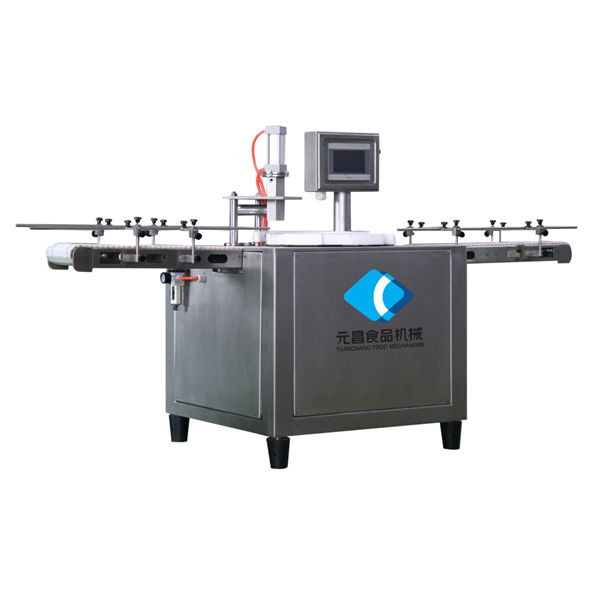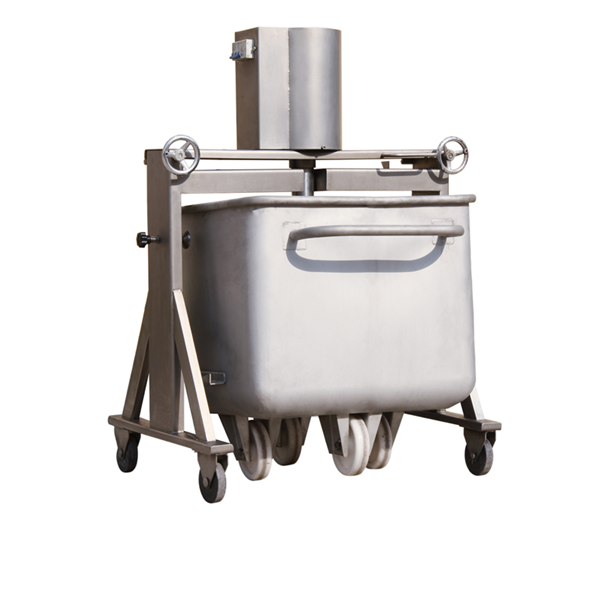Manual Sausage Filler – Efficient Manual Sausage Filler Machine & Linker for Home and Commercial Use
- Introduction: The essential role of manual sausage filler
in efficient meat processing - Technical Advantages: Key innovations and operation features
- Manufacturer Comparison: Who leads the market?
- Tailored Solutions: Customizing your manual sausage filler machine
- Industry Applications: Real-world implementations of manual sausage fillers
- Maintenance and Longevity: Ensuring years of durability and performance
- Conclusion: Maximizing food production with manual sausage linker solutions

(manual sausage filler)
Introduction: Exploring the Value of Manual Sausage Filler
Across the world, the demand for consistent, quality sausage products has steadily increased, urging food processors and butchers to seek out equipment that balances precision with user control. The manual sausage filler is central to this pursuit, prized for its simplicity, reliability, and adaptability to varied production needs. With an estimated global sausage market reaching $82.3 billion by 2023, manual sausage filler machines remain an essential asset for both artisanal and industrial producers looking to maintain high standards while managing costs. Their mechanical advantage lies in user-guided operation, reducing over-processing and allowing operators to control filling pressures for delicate or specialty sausages.
Technical Advantages of Modern Manual Sausage Filler Machines
Recent advancements in the design and manufacturing of manual sausage filler. machines have significantly enhanced their performance and user experience. Stainless steel components now dominate the build, improving hygiene, resistance to corrosion, and simplifying cleaning processes. Load capacities typically range from 3L to 15L, catering to both small shops and medium-sized processors.
Key technical data:
- Pressure Control Valves: Allow for precise stuffing speed adjustment, accommodating various casing types from natural to collagen.
- Gear-driven Mechanisms: Provide smooth and steady plunger movement, virtually eliminating air pockets and minimizing fat separation.
- Interchangeable Nozzles: Multiple funnel sizes enable instant switching between traditional, breakfast, and specialty sausage profiles.
- Effort Reduction: Ergonomic crank handles reduce manual effort by up to 40% compared to traditional press models.
Manufacturer Comparison: Industry Leaders for Manual Sausage Filler Machines
Selecting the ideal manual sausage filler machine hinges on understanding the key differentiators among leading manufacturers. The following table outlines critical comparison metrics:
| Manufacturer | Model Range | Build Material | Capacity (L) | Warranty (years) | Unique Feature |
|---|---|---|---|---|---|
| ProMaster | PM-SF Series | 304 Stainless Steel | 5, 7, 10, 15 | 3 | Pressure-regulated plunger |
| Chefline Industrial | CL-Manual Filler | Aluminum Alloy & Steel | 3, 5, 7 | 2 | 360° Rotating Barrel |
| SausageWorks | SWM Hand Filler | Heavy-duty Steel | 5, 10 | 5 | Tool-free disassembly |
| EuroMeat Solutions | EMS Compact Fill | 304 Stainless Steel | 7 | 1 | Vertical & Horizontal models |
These leading brands underscore the variety within the market, with manual sausage filler units offering differing barrels, crank dynamics, and cleaning specifications to address specific workflow requirements.
Tailored Solutions: Customizing Your Manual Sausage Filler Machine
Effective sausage production often calls for more than an "off-the-shelf" specification. Manufacturers now offer comprehensive customization programs to match machine specifications with unique operational demands:
- Barrel and Plunger Sizing: Adapted for batch runs, with special micro-batch barrels for R&D kitchens or oversized barrels for commercial lines.
- Nozzle Design: Custom funnels for specialty sausage diameters (including ultra-thin snack sticks or thick bratwurst).
- Custom Crank and Gear Ratios: For teams requiring reduced manual force or faster throughput.
- Enhanced Sealing and Safety: Upgrades for environments prioritizing allergen control and rapid sanitization cycles.
Industry Applications: Real-World Implementations of Manual Sausage Filler
The utility of manual sausage fillers extends beyond butcher shops, finding strategic application in various scenarios:
- Artisanal Producers: Renowned charcuterie houses rely on hand-controlled stuffing to protect delicate emulsion and ensure traditional texture, reporting up to 20% lower rejection rates compared with automated fillers.
- Commercial Kitchens: Hotels and restaurants benefit from rapid batch turnover, with typical output capacities ranging from 8-20kg per operator per hour.
- Food Research Facilities: R&D labs prioritize manual sausage machines for micro-batch prototyping, noting time-to-prototype reductions exceeding 30% compared to single-use disposable systems.
- Educational Institutions: Culinary schools utilize manual fillers for student training, underlining hands-on technique mastery and critical control-point education.
Maintenance and Longevity: Ensuring Years of Durable Operation
Preserving the service life and sanitation of any meat-processing equipment is fundamental. Best practices for maintaining manual sausage linking equipment include:
- Disassemble and thoroughly clean all contact components (barrel, plunger, nozzles) after every use.
- Lubricate gear mechanisms and sealing rings biweekly using food-safe lubricants.
- Inspect plunger gaskets monthly and replace at the first sign of wear to avoid product contamination.
- Store units in dry, temperature-stable environments to prevent corrosion and bacterial harboring.
- Schedule annual manufacturer servicing for seal replacement and load-bearing checks.
Conclusion: Unlocking Operational Excellence with Manual Sausage Linkers
The manual sausage filler continues to prove its exceptional value among food processors focused on flexible, consistent, and safe meat stuffing. With a myriad of customization paths, robust technical advancements, and proven reliability across diverse sectors, it remains a preferred choice for those prioritizing flavor control and texture authenticity. By comparing manufacturers using hard data, investing in proper maintenance, and selecting solutions tailored to production scale, businesses can harness the full potential of manual sausage linking technology—streamlining productivity, upholding food safety, and ensuring flavorful, profitable results for years to come.

(manual sausage filler)
FAQS on manual sausage filler
Q: What is a manual sausage filler?
A: A manual sausage filler is a hand-operated machine used for stuffing sausage casings with ground meat. It typically consists of a cylinder, piston, and crank handle. This tool is ideal for small-batch sausage making.Q: How does a manual sausage filler machine work?
A: A manual sausage filler machine works by turning a handle that pushes meat through a tube into sausage casings. The pressure is controlled by the user for consistent filling. It’s great for home or small-scale use.Q: What are the advantages of using a manual sausage filler?
A: Manual sausage fillers are affordable, simple to use, and easy to clean. They offer precise control during the stuffing process. They're perfect for hobbyists and small businesses.Q: What is a manual sausage linker used for?
A: A manual sausage linker helps twist or tie sausages into individual links. It speeds up the process and creates uniform sausage links. This tool is usually used after filling casings.Q: Can I use a manual sausage filler for different types of meat?
A: Yes, manual sausage fillers can be used for a variety of meats such as pork, beef, or poultry. Ensure the meat is ground properly before filling. Always clean the machine thoroughly after use.-
Discover the Benefits of Vacuum Marinating Machines for Efficient Food ProcessingNewsNov.24,2025
-
The Ultimate Guide to Commercial Chicken Scalders: Efficiency, Sustainability & InnovationNewsNov.23,2025
-
Chicken Harvesting Equipment: Efficient & Humane Solutions for Poultry ProducersNewsNov.22,2025
-
Comprehensive Guide to Meat Processing Plant Equipment | Efficiency, Safety & SustainabilityNewsNov.21,2025
-
Meat Processing Bins: Durable Solutions for Safe & Efficient Meat Handling WorldwideNewsNov.20,2025
-
Best Commercial Marinating Machines for Meat Processing | Efficient & ScalableNewsNov.20,2025



